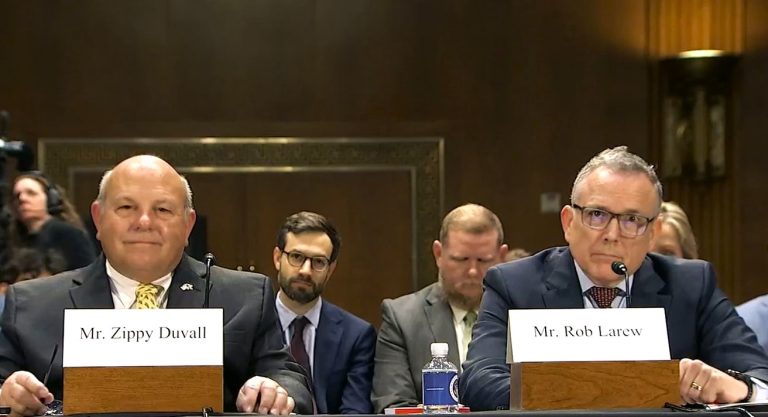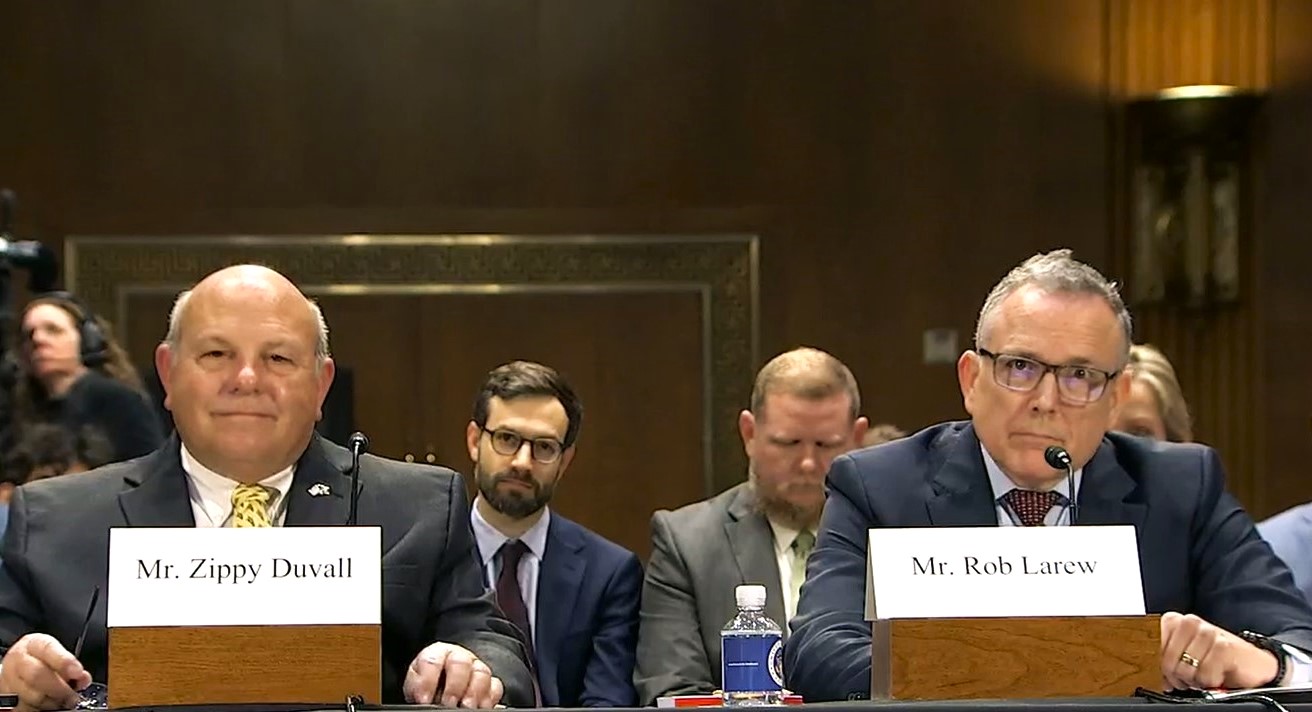PIERRE, SD – Wildlife and water quality in South Dakota are sometimes put at unnecessary risk due to a lack of oversight and accountability of farmers who illegally drain their properties or convert protected wetlands into farmable acreage.
In addition, those who violate the law frequently avoid punishment when they are caught or are given “good-faith waivers” by local oversight groups often made up of fellow farmers and neighbors.
As a result, South Dakota and other Great Plains states are seeing a continuing decline in wetland areas that are crucial for breeding and hosting of wildlife, including the wetlands that are critical to propagation of South Dakota’s lucrative pheasant population.
The Government Accountability Office, an investigative arm of Congress, raised concerns last year about the destruction of wetlands for agricultural use in the Prairie Pothole Region, urging tougher compliance measures in portions of South Dakota, North Dakota, Iowa, Minnesota and Montana.
The report was critical of agencies within the U.S. Department of Agriculture that are responsible for enforcing “Swampbuster” provisions from Farm Bill legislation dating back to the mid-1980s. The report found that the agencies identified fewer than five violations a year among more than 417,000 tracked properties in South Dakota and North Dakota, the states with the most wetlands. The agencies granted “good-faith waivers” in more than 80 percent of cases, including those involving people with multiple offenses.
Farmers often control water flow on their properties through so-called “drain tiling” systems that use a series of underground pipes to remove water from wet areas and transport it into ditches or onto non-farmlands. The systems create more dry, usable cropland but are somewhat controversial because they upset the natural flow of water and ultimately reduce the number of ponds or wetlands where animals live and breed.

Part of the problem is political. State agencies representing the USDA Natural Resources Conservation Service and Farm Service Agency are mindful of the importance of agriculture, which accounts for nearly 30 percent of South Dakota’s total economic output.
“When it comes to regulating agriculture in a state like South Dakota, the political will doesn’t exist,” said Don Carr, a Sioux Falls native who served as senior advisor to the Environmental Working Group in Washington D.C. “The regulations are on the books, but there’s no enforcement on the ground.”
Farm Bill legislation cracked down on the practice of converting wetlands to cropland and regulated the use of drain tile and open-ditch systems to drain seasonal and flooded marshes and sloughs in the pothole region.
In addition to ecological benefits, such as improving water quality and sequestering carbon, wetlands support breeding populations of North American waterfowl and other wildlife and can also help reduce flooding.
From 1850 to the mid-1980s, South Dakota wetland areas decreased from an estimated 2.7 million acres to 2.1 million acres, according to the Natural Resources Conservation Service. A more recent study by the U.S. Fish and Wildlife Service showed that the number of wetland basins decreased between 1997 and 2007 in every Prairie Pothole Region state except for Montana.
“It’s a hugely important and identifiable wildlife mecca,” said Julie Sibbing, associate vice president of land stewardship for the National Wildlife Federation. “The shallower wetlands are in many ways the most important because they’re the first to thaw in spring, and waterfowl rely on resources like insects and larvae as they arrive from their wintering grounds. They can’t just go someplace else.”
The GAO report, commissioned by the Senate Committee on Agriculture, Nutrition and Forestry, recommended changes in the system used by the USDA agencies to monitor tracts of land for compliance and found flaws in the appeal process when violations are found.
The Natural Resources Conservation Service uses a random sample instead of a risk-based approach to decide which tracts to assess. From 2014 to 2018, according to the report, “the NRCS identified fewer than five farmers with wetland conservation violations per year on the approximately 417,000 tracts in North Dakota and South Dakota.”
“If you sample one percent, you’re not looking at very many, and it’s all random,” said Steve Morris, a director of the GAO Natural Resource and Environment team. “There are other government agencies that use a more sophisticated risk-based approach with advanced data mining to identify likely offenders.”
Farmers in USDA programs who knowingly commit violations can have their benefits withheld. If they are tagged with a wetland violation, farmers can be granted a good-faith waiver by the Farm Service Agency and maintain their benefits, provided they take steps toward compliance within one year. Decisions on waivers are made by FSA county committees, frequently made up of fellow farmers and sometimes neighbors who might not be objective in such rulings, according to the GAO report.
“Given the approach to compliance checks, they might not find a violation for several years. It could be even more than 10 years,” said Morris. “If that violation sticks, they could be required to pay back all of their farm payment over the last 10 years, which can be hundreds of thousands of dollars. Sometimes [the county committee] is afraid that the consequences are too severe.”
The result is a system that frequently takes at face value an offender’s rationale for destroying a wetland from their tract of land, according to GAO data.
“The sample we reviewed included 69 good-faith waivers in North Dakota and South Dakota from 2011 through 2015,” the report states. “We found that in all 69 cases, the county committees determined that the farmer acted in good faith and FSA approved the waiver. In 14 of the 69 cases, the farmer had a history of wetland violations.”
Sibbing, who has been with the National Wildlife Federation since 2000, calls the process “hugely frustrating” and a matter of public interest, not only because of climate concerns but also the USDA dollars involved.
“It’s a bargain that farmers make with taxpayers,” she told News Watch. “If you want to receive your subsidies, you can’t continue to erode water quality and wildlife habitat.”













